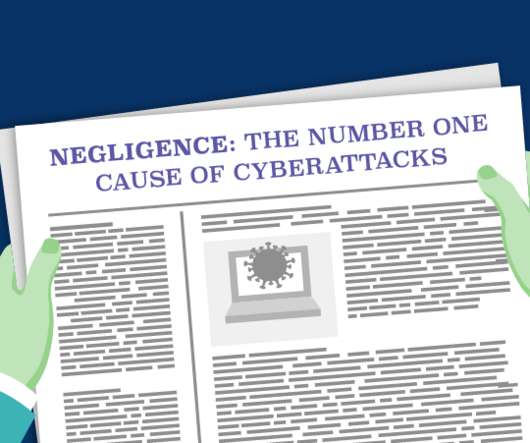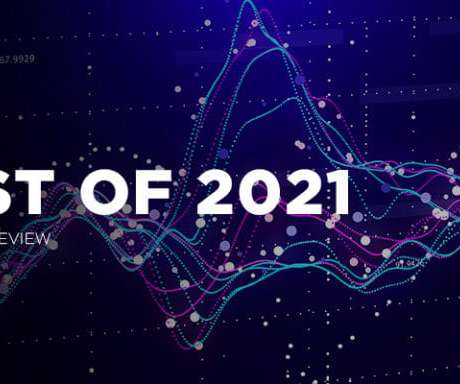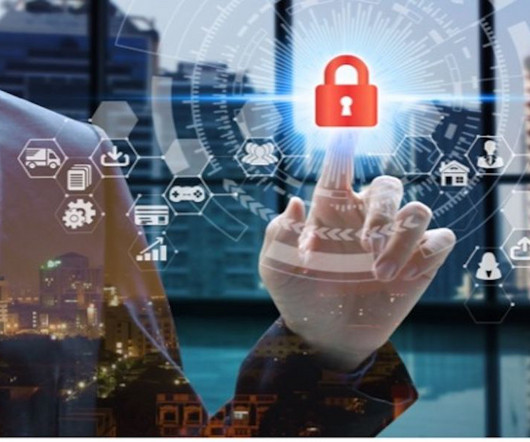Adversarial Risk Management
FS-ISAC
NOVEMBER 8, 2021
You can hire a professional audit firm to benchmark the bucket against peer buckets. But these approaches rely on tenets based on traditional operational and financial risk management. While “close enough” works in asset management for financial inventory, it can quickly prove useless in cybersecurity.
































Let's personalize your content